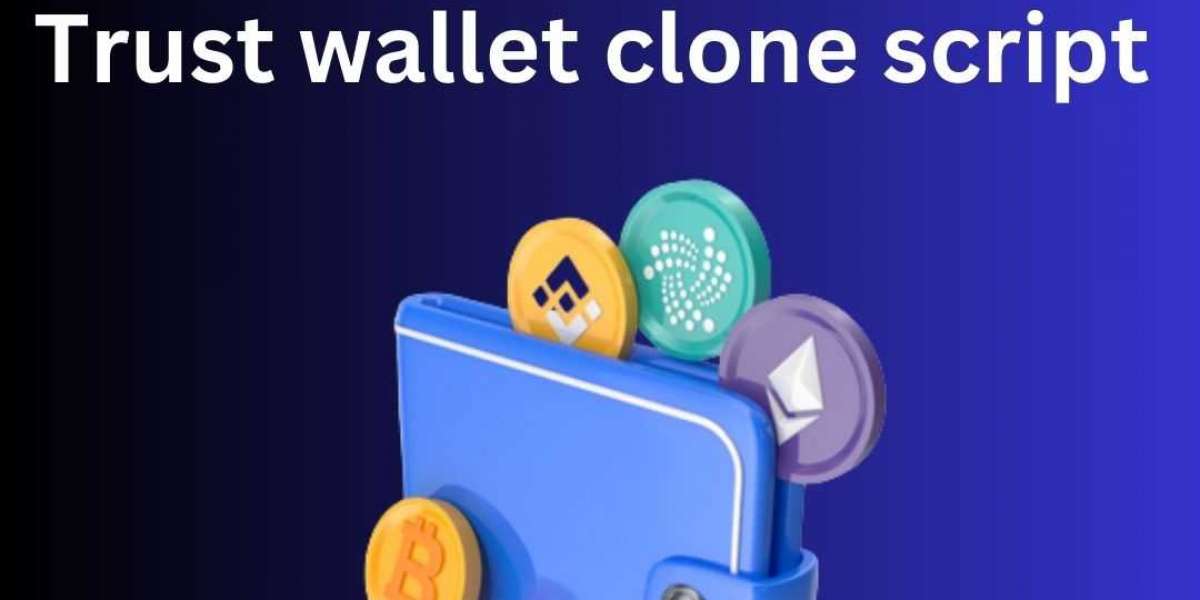As the global academic and corporate worlds increasingly embrace digital learning platforms, there's a pressing need to ensure that these platforms are equitable, accessible, and fair. Learning Management Systems (LMS) stand at the forefront of this digital transformation. While they offer unmatched convenience and flexibility, they also pose challenges in terms of equity and fairness. In this article, we delve into the imperative of creating just LMS environments and the strategies to achieve it.
1. The Growing Importance of LMS
With the rise of remote learning and work-from-home models, LMS platforms have become essential. They not only facilitate e-learning but also offer features for assessments, collaboration, and feedback. However, as their reach grows, so does the responsibility to ensure that they don’t inadvertently perpetuate or widen existing disparities.
- The Challenge: Equity and Fairness in Digital Learning
Equity in digital learning refers to ensuring that all learners, regardless of their backgrounds or abilities, have equal access to learning resources and opportunities. Fairness, on the other hand, pertains to ensuring that these platforms are free from biases and offer an impartial learning experience.
Here are some challenges in achieving equity and fairness in LMS environments:
- Digital Divide: Not all learners have equal access to technology or high-speed internet.
- Cultural and Linguistic Barriers: LMS content might not cater to diverse linguistic and cultural backgrounds.
- Differing Abilities: LMS platforms might not be fully accessible to individuals with disabilities.
- Strategies to Ensure Equity and Fairness in LMS
- Universal Design for Learning (UDL): UDL principles advocate for creating content that's accessible to all, regardless of their abilities. This includes incorporating multimedia elements, offering content in multiple languages, and ensuring that the LMS is compatible with assistive technologies.
- Flexible Learning Paths: Recognize that learners come from diverse backgrounds and might have different learning needs. LMS platforms should allow instructors to create flexible learning paths, catering to varied learning styles and paces.
- Cultural Sensitivity: Incorporate content that reflects diverse cultural backgrounds. Avoid stereotypes and ensure that examples, images, and case studies are inclusive and representational.
- Robust Support Systems: Offer 24/7 technical support to address any issues learners might face. Additionally, create forums or support groups where learners can share challenges and solutions.
- Regular Bias Audits: Regularly review and audit LMS content for any unconscious biases or potentially discriminatory content. This should be done not just by the content creators but also by a diverse review team.
- Affordable Access: Work towards offering affordable solutions for learners. This could mean negotiating with internet providers for discounted rates, providing learners with devices, or even offline solutions for those who can't always be online.
- Case in Point: The Positive Impact of Equitable LMS
When equity and fairness are ensured in LMS environments, the results are palpable:
- Increased Engagement: Learners who feel represented and supported are more likely to engage with the content.
- Better Outcomes: With barriers removed, learners can focus solely on learning, leading to better academic or training outcomes.
- Positive Feedback Loop: An equitable LMS environment fosters a sense of community among learners, leading to more collaboration, shared resources, and peer support.
- The Road Ahead
The journey to ensure equity and fairness in LMS is ongoing. As technology evolves, so do the challenges and solutions. It requires a proactive approach, continuous feedback from learners, and a commitment to making digital learning accessible to all.
- Conclusion: A Call to Action
While the digital transformation of learning offers unprecedented opportunities, it's crucial to ensure that these advancements don't leave anyone behind. LMS platforms, educators, and organizations must work hand in hand to create environments where every learner, regardless of their background or abilities, has an equal shot at success. By ensuring equity and fairness in LMS, we don't just create better learning platforms; we move towards a more inclusive and just digital future.
As the digital learning frontier continues to expand, let's commit to making it a space where equity and fairness are not just buzzwords but lived realities for every learner.
Yet, the efficacy of an LMS is also tied to its adaptability, feature-richness, and user-centric design.
Explore the potential of this cloud-based LMS firsthand by signing up for a free lifetime Business LMS with a limit on users. This offer is a testament to the belief in democratizing quality digital education, letting you experience the full scope of features that Green LMS provides. It provides an opportunity to critically assess if it aligns with your vision of equity and fairness.
For a deep dive into the versatility of Green LMS, consider how it can be tailored for various applications:
- LMS for Universities: Catering to the diverse and complex needs of higher education institutions.
- LMS for Schools: Tailored to the dynamic environments of K-12 education.
- LMS for Corporate: Addressing the nuances and demands of corporate training environments.
If you’re ready to champion a world where digital education is both cutting-edge and inclusive, click here for a Lifetime Free Green LMS. This is your chance to be at the forefront of an equitable digital learning revolution.








